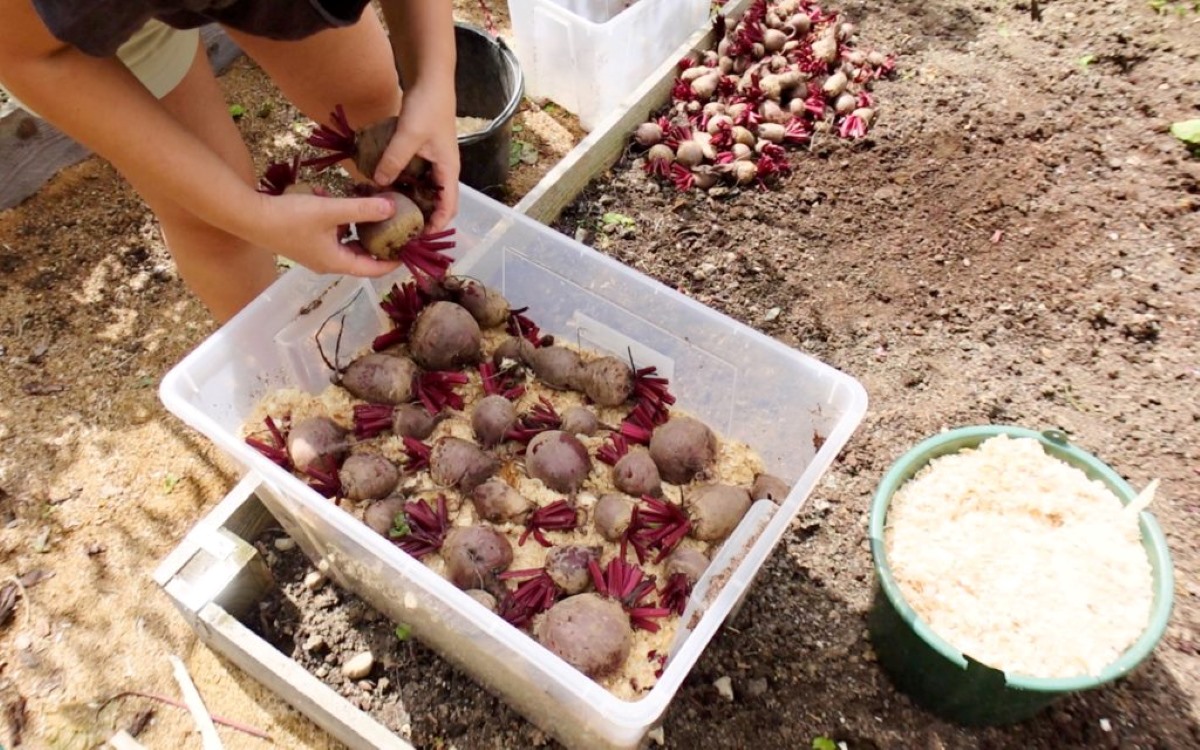

Articles
How To Store Beets For The Winter
Modified: August 27, 2024
Learn how to store beets for the winter with these helpful articles. Find out the best methods to keep your beets fresh and delicious throughout the colder months.
(Many of the links in this article redirect to a specific reviewed product. Your purchase of these products through affiliate links helps to generate commission for Storables.com, at no extra cost. Learn more)
Introduction
As the winter season approaches, many gardeners find themselves with an abundance of fresh beets. These vibrant root vegetables are not only packed with nutrients, but they also add a delicious touch to various dishes. However, beets have a limited shelf life, and if not stored properly, they can spoil quickly, leaving you without your favorite winter staple.
In this article, we will explore different methods of storing beets to ensure they remain fresh and flavorful throughout the winter months. Whether you have a root cellar, a refrigerator, or a freezer, you’ll find the perfect storage solution for your harvested beets. So let’s dive in and discover how to store beets for the winter!
Key Takeaways:
- Preserve the earthy sweetness and nutritional benefits of fresh beets throughout winter by selecting, harvesting, and storing them properly. Enjoy a variety of culinary creations using your stored beets to savor the taste of your garden year-round.
- Whether you have a root cellar, refrigerator, or freezer, there are storage options available to suit your needs. Follow essential tips for maintaining freshness and explore delicious recipes to make the most of your winter harvest.
Read more: How To Store Cooked Beets
Selecting the Right Beets
When it comes to storing beets for the winter, selecting the right ones is crucial. Here are a few tips to keep in mind:
- Choose beets that are firm and smooth. Avoid any that are soft, wrinkled, or have cuts or bruises.
- Opt for medium-sized beets, as larger ones might not store as well and smaller ones might be more prone to drying out.
- The tops of the beets should be fresh and vibrant. Avoid beets with wilted or yellowing leaves.
- If possible, select beets that have their greens attached. The greens can be used in cooking or as an indicator of freshness.
By carefully selecting the right beets, you can ensure that they are in the best possible condition for storage. This will help them retain their flavor and nutritional value throughout the winter.
Harvesting and Preparing Beets for Storage
Before you can store beets for the winter, it’s important to properly harvest and prepare them. Here are the steps you need to follow:
- Choose an appropriate time for harvesting. Beets are usually ready for harvest when their roots reach about 1 to 3 inches in diameter. This typically takes around 50 to 70 days after planting.
- Gently pull the beets out of the ground, taking care not to damage the tops or bruise the roots. If the soil is compacted, you can use a fork to loosen it around the beets.
- Once the beets are harvested, remove the greens by cutting them about 2 inches above the root. Leave a small portion of the stem intact to prevent bleeding during storage.
- Do not wash the beets at this stage. Instead, gently brush off any excess soil. Washing them can promote rot and spoilage during storage.
- Trim the long roots, leaving about 1/2 inch attached to the beet. This will help prevent moisture loss and maintain freshness.
After following these steps, your beets are now ready for storage. The proper preparation ensures that they have the best chance of staying fresh and delicious throughout the winter months.
Storing Beets in a Root Cellar
For those fortunate enough to have a root cellar, storing beets for the winter becomes a relatively easy task. Here’s how you can do it:
- Clean the beets by gently brushing off any excess soil. Avoid washing them, as moisture can lead to rotting.
- Trim the tops of the beets, leaving about an inch of the stem intact to prevent bleeding during storage.
- Choose a cool and dark corner of your root cellar for storing the beets. The ideal temperature range is between 32°F (0°C) and 40°F (4°C), with a humidity level of around 90%.
- Place the beets in a single layer, making sure they don’t touch each other. This helps prevent the spread of any potential rot.
- Check on the beets regularly to ensure they are not spoiling. Remove any beets that show signs of decay to prevent it from spreading to others.
Storing beets in a root cellar provides them with the cool and dark environment they need to stay fresh. With proper maintenance, beets stored in a root cellar can last for several months, allowing you to enjoy their earthy flavors throughout the winter.
Storing Beets in the Refrigerator
If you don’t have access to a root cellar, storing beets in the refrigerator is another excellent option. Here’s what you need to do:
- Clean the beets by gently brushing off any excess soil. Avoid washing them, as moisture can lead to rotting.
- Trim the tops of the beets, leaving about an inch of the stem intact to prevent bleeding during storage.
- Place the beets in a plastic bag or airtight container. This helps maintain humidity and prevents them from drying out.
- Store the beets in the crisper drawer of your refrigerator. The optimal temperature range for beet storage is between 32°F (0°C) and 40°F (4°C).
- Check on the beets periodically and remove any that show signs of spoilage to prevent it from spreading to others.
By providing a cool and controlled environment, storing beets in the refrigerator can prolong their freshness for several weeks. It’s a convenient option that allows you to enjoy beets in salads, roasts, or other culinary creations throughout the winter season.
After harvesting beets, remove the tops and store them in a cool, dark place with high humidity, such as a root cellar or refrigerator. This will help them stay fresh throughout the winter.
Read more: How To Store Red Beets
Storing Beets in the Freezer
If you want to preserve the freshness of beets for an extended period, freezing them is the way to go. Follow these steps for successful beet storage in the freezer:
- Start by cleaning the beets thoroughly, removing any excess soil. Peel the beets using a vegetable peeler.
- Cut the beets into cubes or slices, depending on how you plan to use them later. This will make them more convenient to cook with when thawed.
- Blanch the beets by placing them in boiling water for about 3-5 minutes. This helps retain their color, texture, and nutrients.
- Transfer the blanched beets to an ice bath to cool them rapidly and stop the cooking process. This step preserves their crispness.
- Drain the beets thoroughly and pat them dry using a kitchen towel or paper towel. Excess moisture can lead to freezer burn.
- Place the prepared beets in airtight freezer bags or containers. Make sure to remove as much air as possible before sealing to prevent freezer burn.
- Label the bags or containers with the date and contents for easy identification later.
- Store the beets in the freezer at a temperature of 0°F (-18°C) or below.
Properly stored, beets can retain their quality for up to 10-12 months in the freezer. They can be used in soups, stews, or roasted dishes, providing you with a taste of summer even in the depths of winter.
Tips for Maintaining Freshness
To ensure that your stored beets remain fresh and flavorful throughout the winter, here are some useful tips to follow:
- Avoid washing the beets before storage. Excess moisture can lead to rotting. Instead, gently brush off any dirt or soil.
- Store beets in a cool and dark place. Whether it’s a root cellar, refrigerator, or freezer, maintaining the right temperature is key to preserving their freshness.
- Regularly check on the stored beets. Remove any that show signs of spoilage, such as mushiness, mold, or an unpleasant odor, to prevent it from spreading to others.
- If you notice any moisture buildup in the storage container or bag, remove the beets and dry them before returning them to storage. Moisture can lead to spoilage.
- Keep beets away from ethylene-producing fruits and vegetables, such as apples, bananas, and tomatoes. Ethylene can accelerate the ripening and spoilage of beets.
- Consider storing beets in individual containers rather than in large batches. This way, if one beet spoils, it won’t affect the others.
- For root cellar storage, ensure proper ventilation and humidity control. Excess moisture can cause rot, while insufficient ventilation can lead to drying out.
- If storing beets in the refrigerator, use the crisper drawer to maintain humidity. Avoid storing them near foods with strong odors, as beets can absorb odors easily.
- Label the storage containers or bags with the date of storage. This will help you keep track of their freshness and prevent holding onto beets past their prime.
By following these tips, you can extend the shelf life of your beets and enjoy their freshness and flavor throughout the winter season.
Using Stored Beets in Recipes
Once you have successfully stored your beets for the winter, it’s time to explore the various ways you can use them in delicious recipes. Here are a few ideas to get you started:
- Roasted Beets: Roasting beets brings out their natural sweetness and enhances their flavor. Simply toss peeled and cubed beets with olive oil, salt, and pepper, then roast in the oven until tender. They make a fantastic side dish or can be added to salads or grain bowls.
- Beet Salad: Combine sliced or cubed roasted beets with fresh greens, goat cheese, toasted nuts, and a tangy vinaigrette for a refreshing and colorful salad.
- Beet Hummus: Blend cooked beets, chickpeas, tahini, garlic, lemon juice, and olive oil in a food processor to make a vibrant and nutritious beet hummus. Serve it with pita bread or vegetable sticks.
- Beet Soup: Simmer cooked beets with vegetable broth, onions, garlic, and spices to create a comforting and hearty beet soup. Finish it off with a dollop of yogurt or sour cream and some fresh herbs.
- Beet Smoothie: Add cooked beets to your favorite smoothie recipe for a nutritious and vibrant boost. Pair them with fruits like berries and a splash of citrus juice for a refreshing twist.
- Beet Chips: Thinly slice beets, toss them with olive oil and your favorite seasonings, and bake until crispy. These homemade beet chips make a healthy and flavorful snack.
These are just a few examples of how you can incorporate stored beets into your culinary masterpieces. Get creative and experiment with different flavors and combinations to make the most of your winter harvest!
Conclusion
Storing beets for the winter allows you to enjoy the earthy sweetness and nutritional benefits of this versatile vegetable long after the gardening season is over. Whether you have a root cellar, a refrigerator, or a freezer, there are storage options available to suit your needs.
By selecting the right beets and following proper harvesting and preparation techniques, you can enhance their shelf life and maintain their freshness. Storing beets in a root cellar provides a cool and dark environment ideal for preserving their flavor. If a root cellar is not available, the refrigerator offers a convenient alternative, while the freezer allows for long-term storage.
Remember to follow the tips for maintaining freshness, such as avoiding excess moisture, regularly checking for spoilage, and keeping beets away from ethylene-producing fruits and vegetables. These precautions will help prolong the shelf life of your stored beets and ensure their quality throughout the winter months.
Once you’re ready to use your stored beets, there are countless recipes to explore. Roasted beets, salads, soups, and smoothies are just a few delicious options that showcase the versatility of this vibrant root vegetable.
Now that you have the knowledge and techniques to store beets for the winter, you can enjoy the taste of your garden year-round. So, savor the flavors of fresh beets even when the snow is falling, and embrace the joy of preserving these nutritious and delicious gems for the colder months ahead.
Frequently Asked Questions about How To Store Beets For The Winter
Was this page helpful?
At Storables.com, we guarantee accurate and reliable information. Our content, validated by Expert Board Contributors, is crafted following stringent Editorial Policies. We're committed to providing you with well-researched, expert-backed insights for all your informational needs.

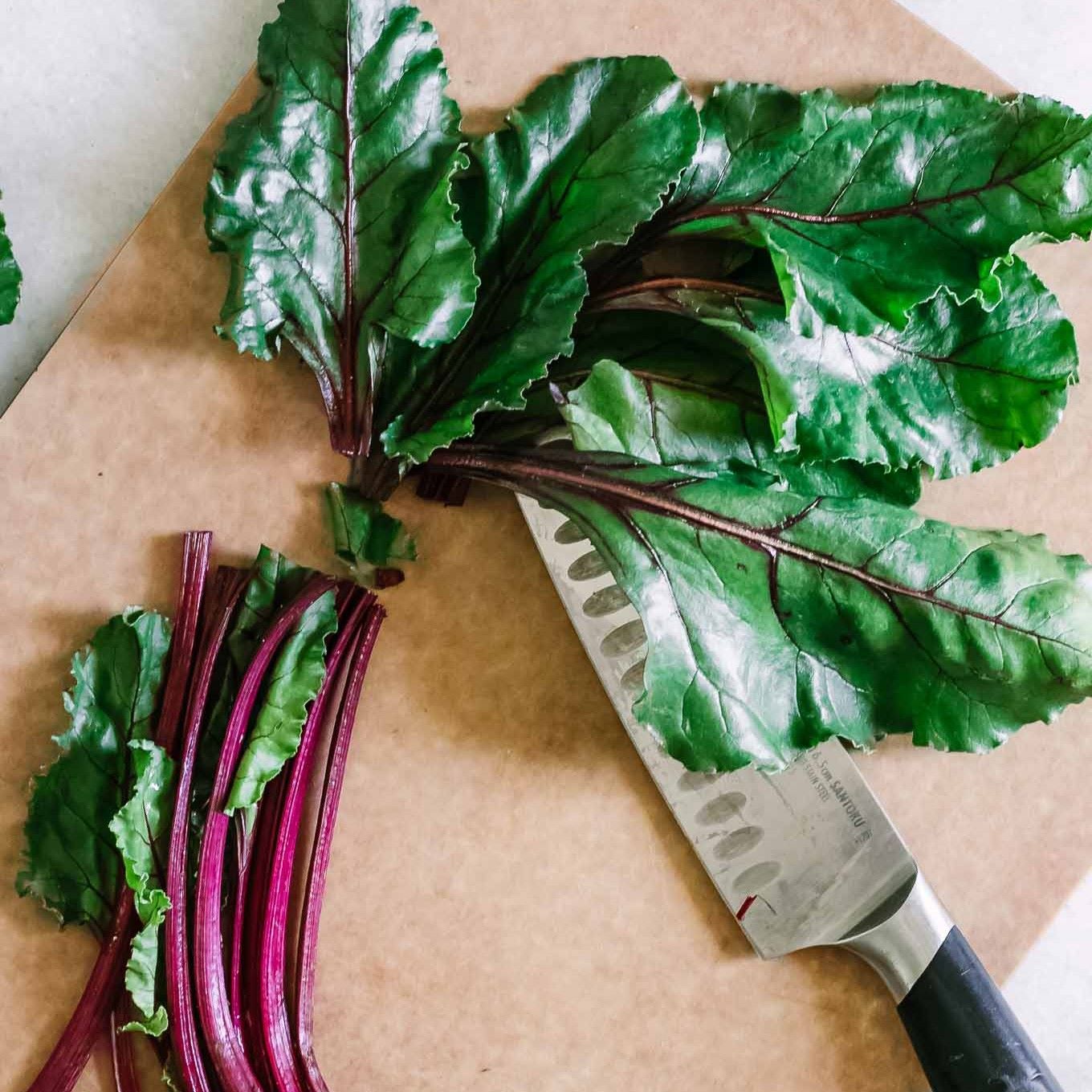

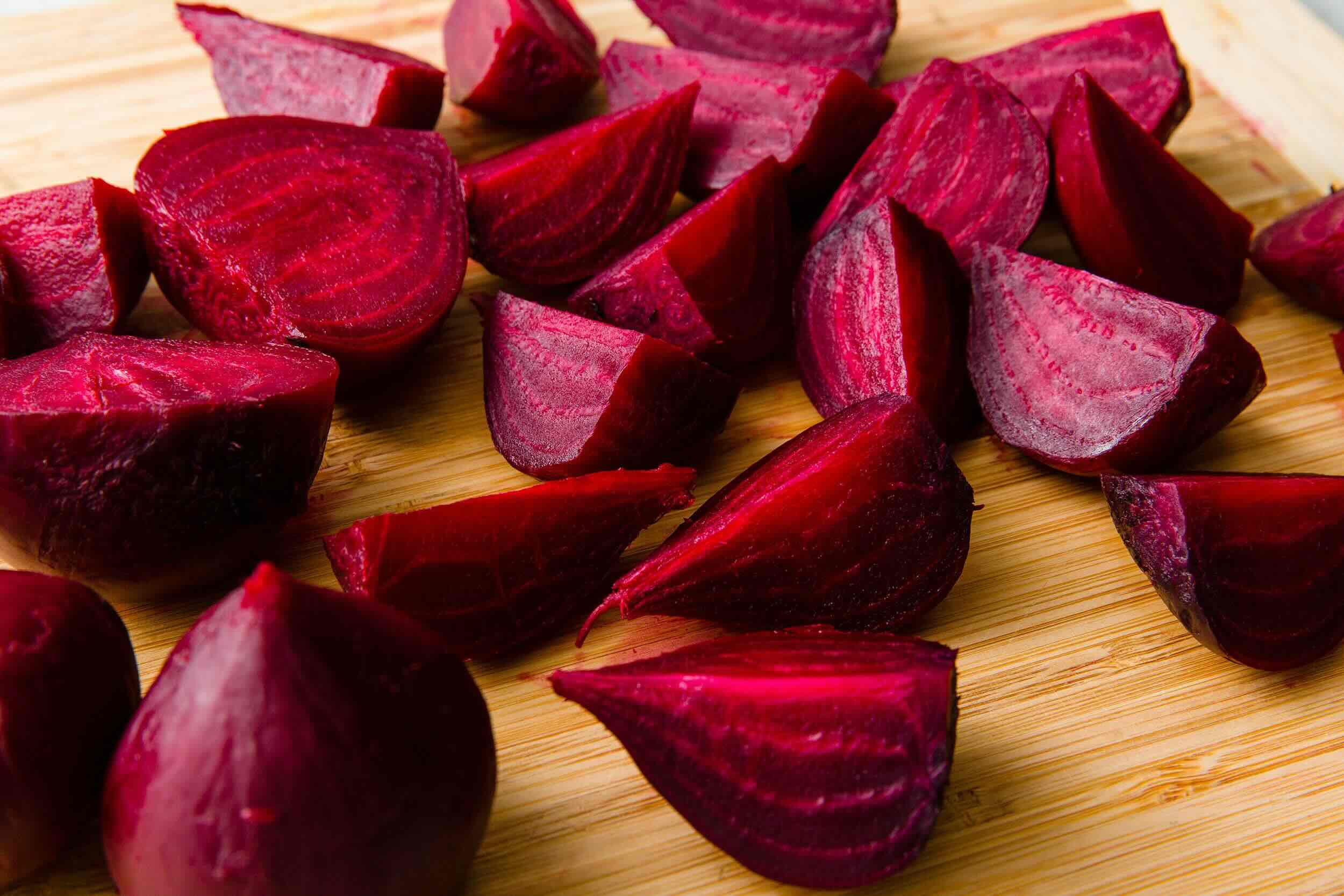
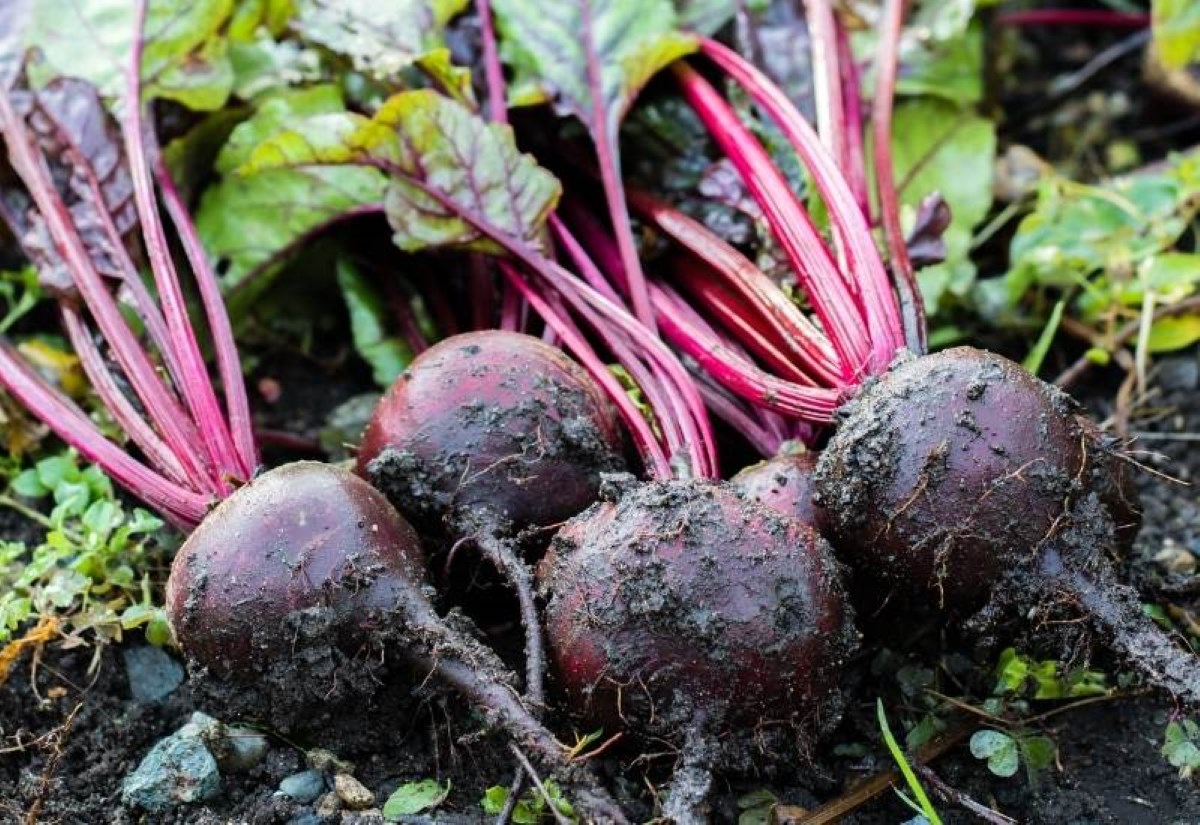
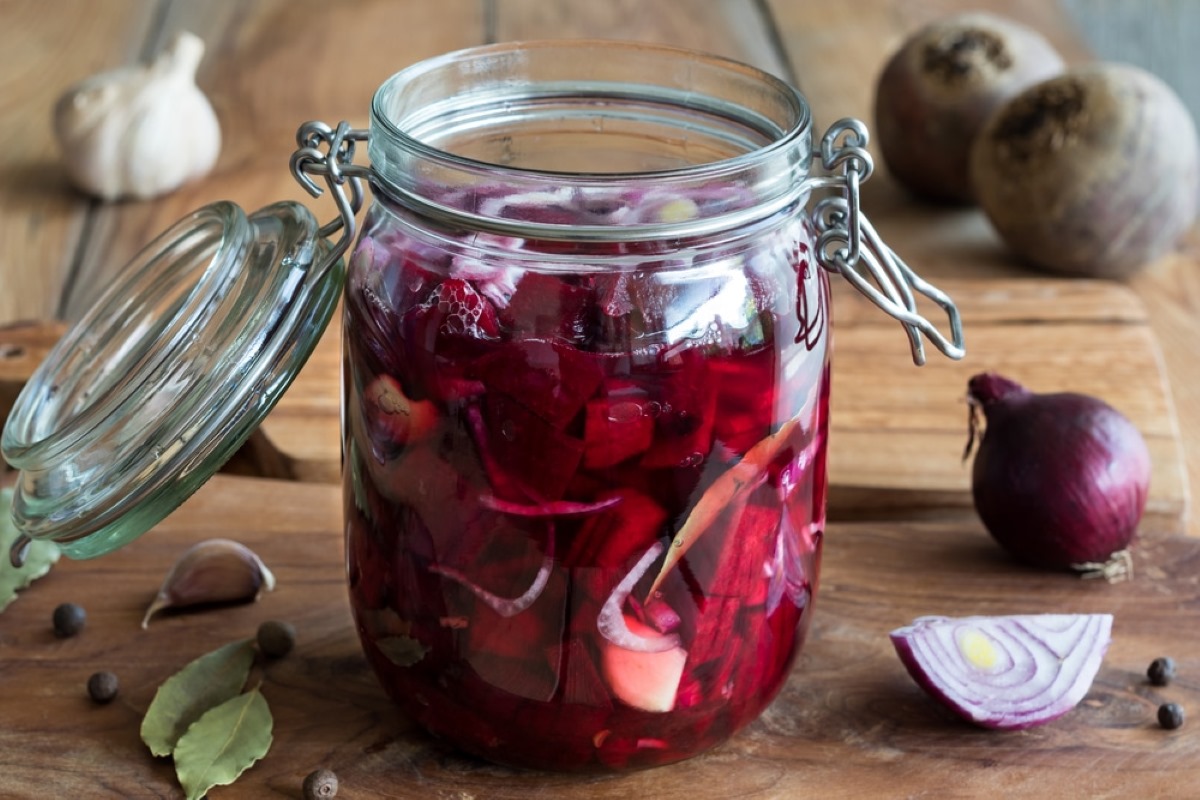

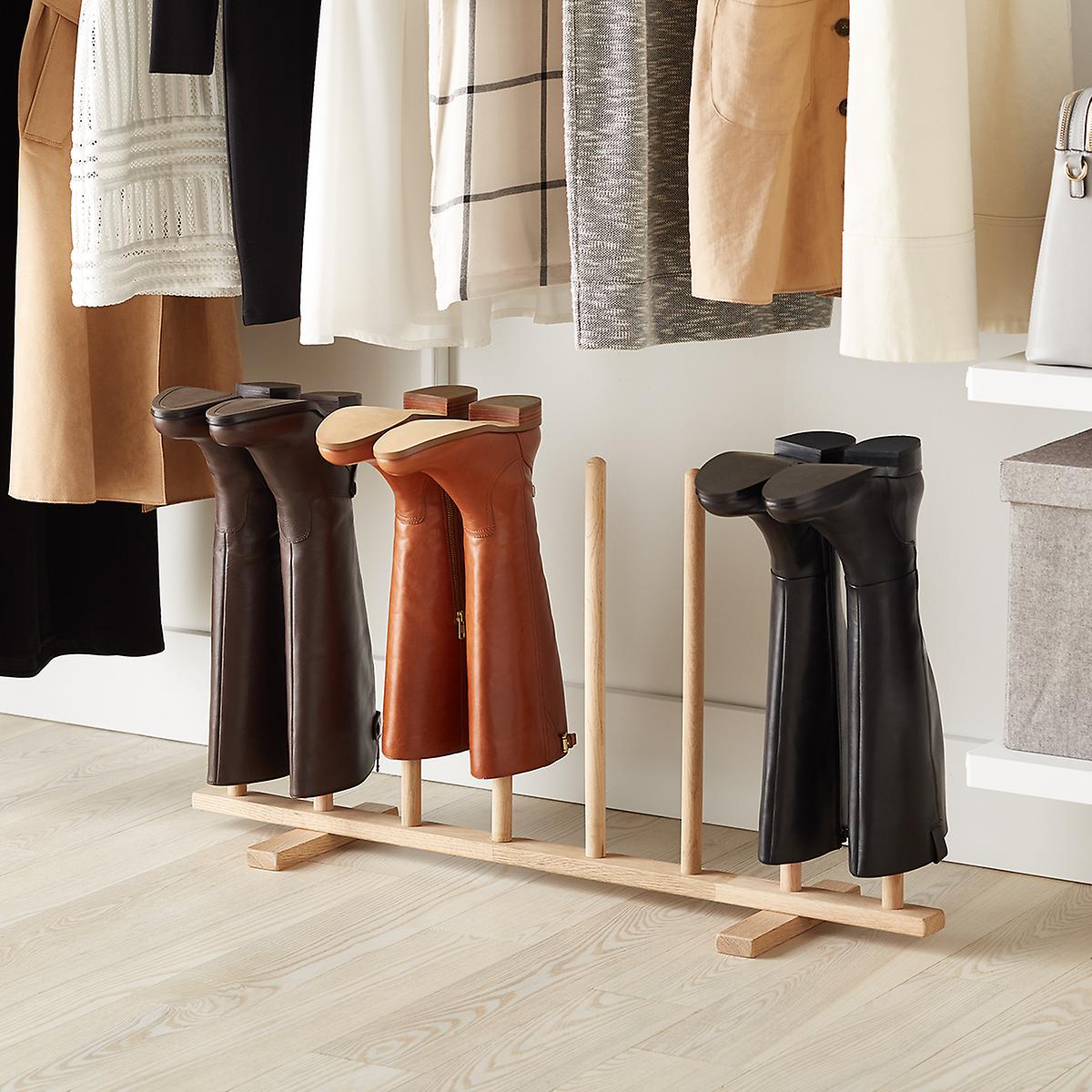

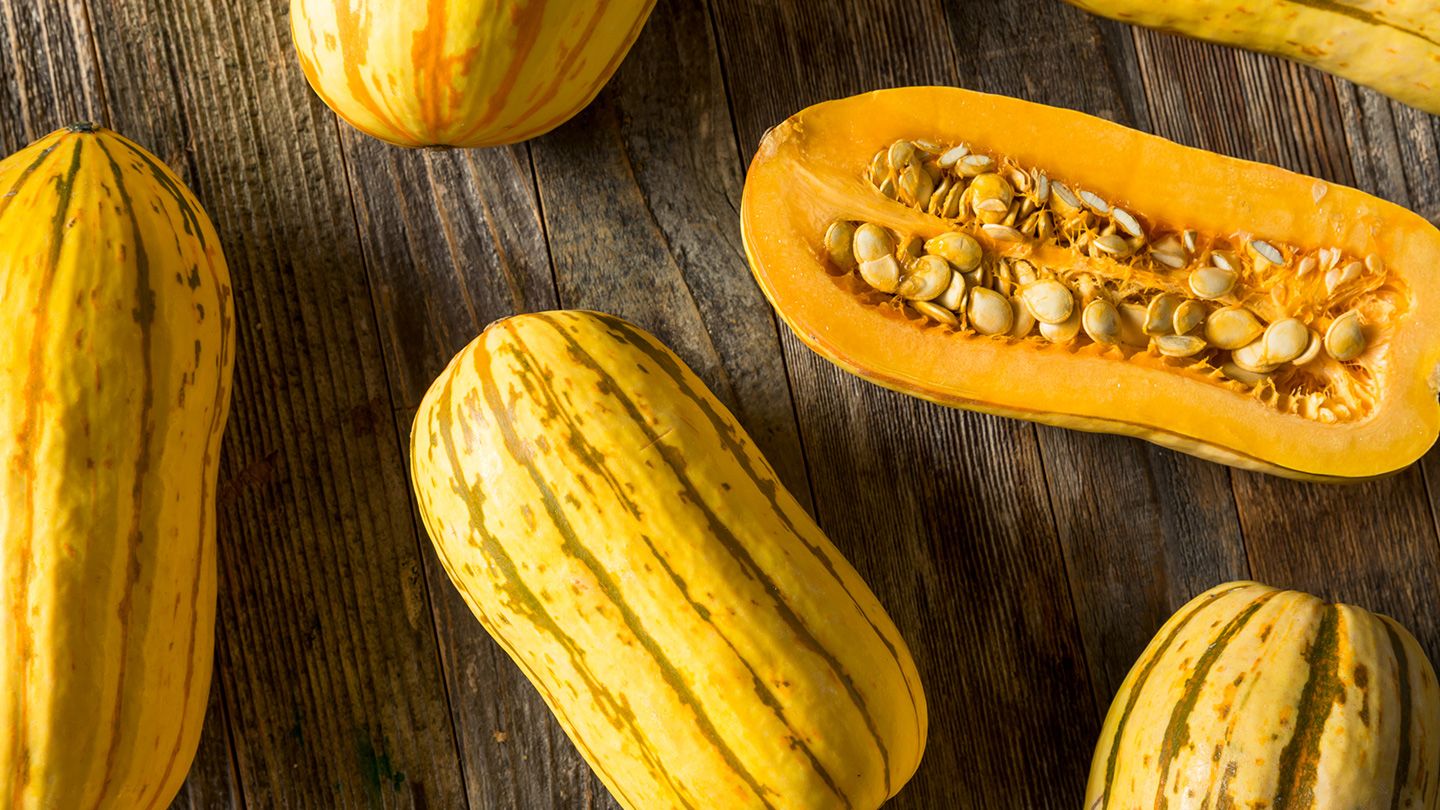


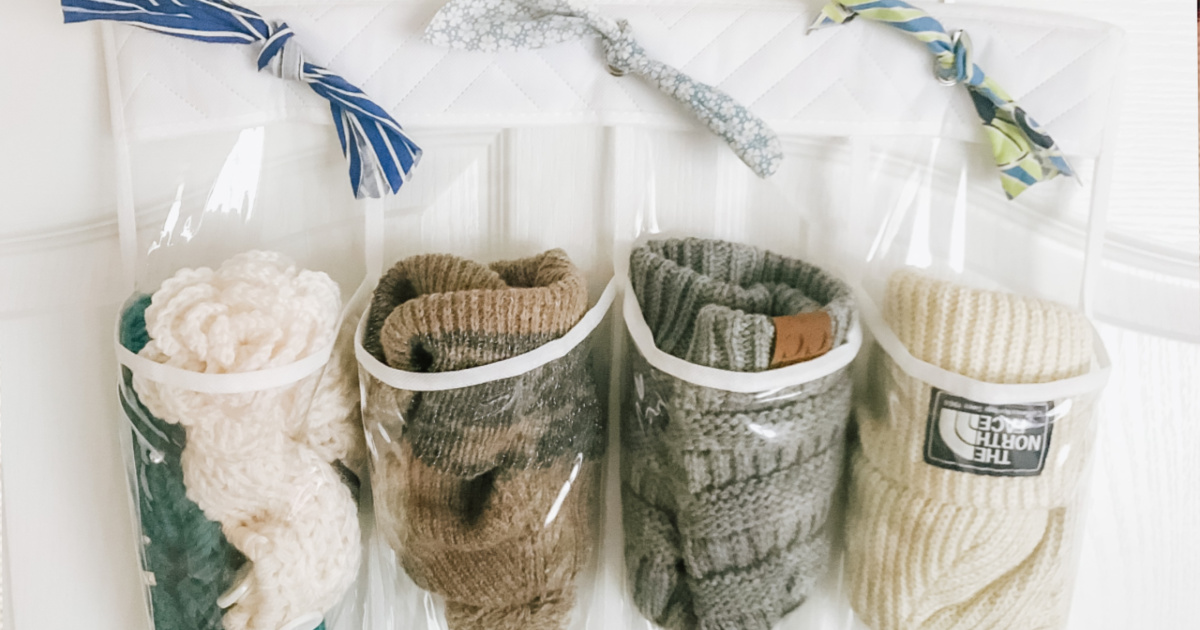


0 thoughts on “How To Store Beets For The Winter”